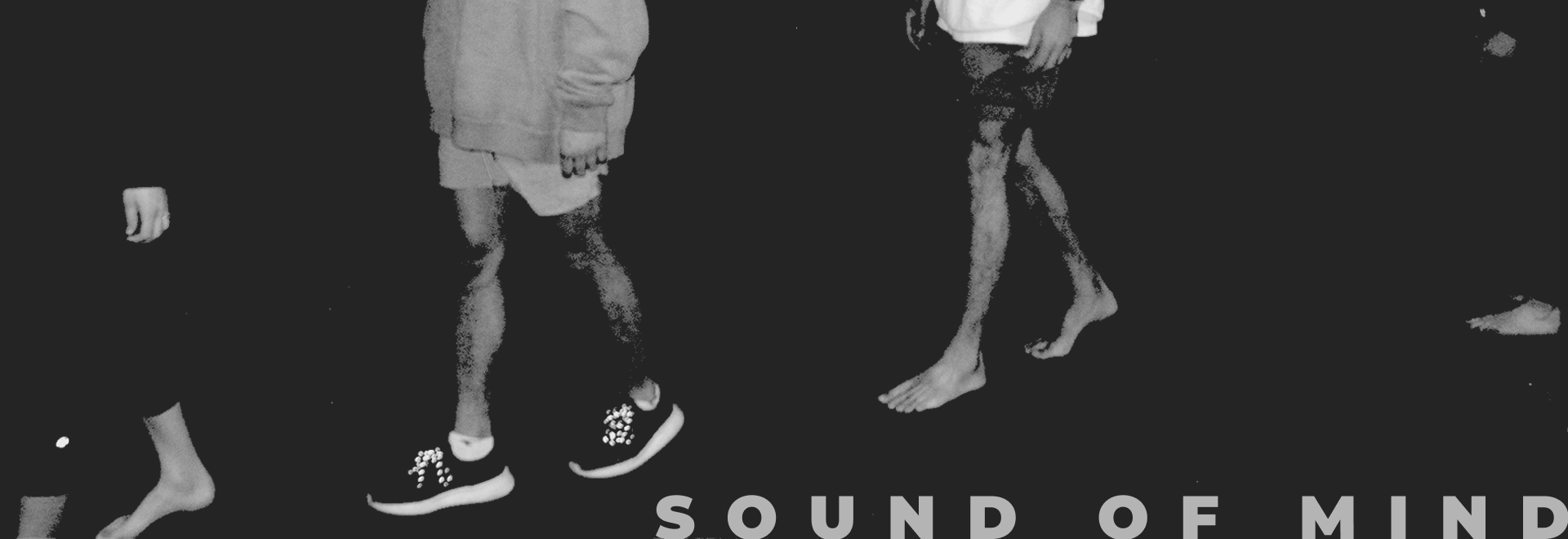Matthew Leete – [icon name=”globe” prefix=”fas”]
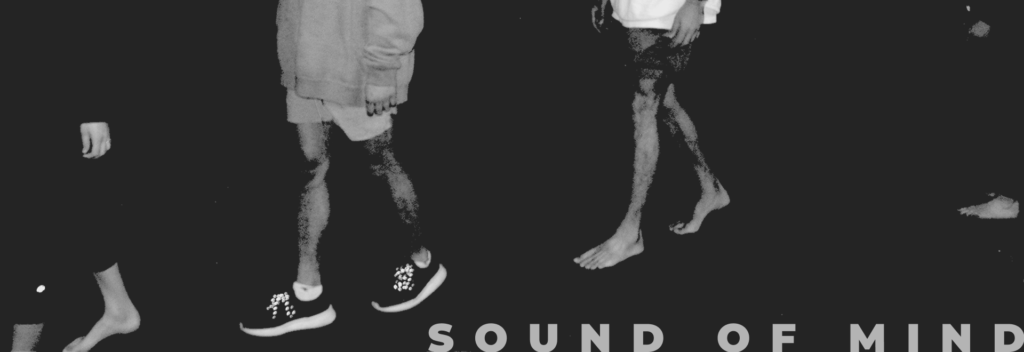
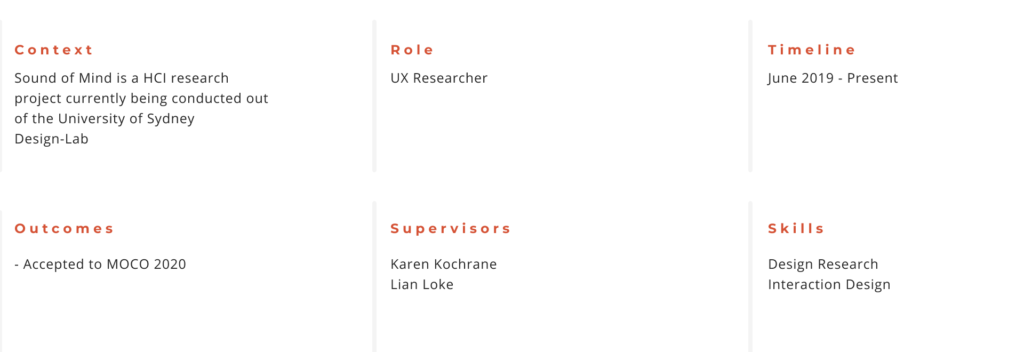
Sound of Mind is an interactive sound based installation that uses new technology to promote mindfulness. Participant brainwave patterns are used to generate a calming soundscape that encourages harmony between body and mind.
This exploratory study helped develop a framework for continued research into multimodal interactive design for immersive experiences.
Background
Mindfulness has well-documented benefits, however, beginners often find it difficult to get started in traditional practices such as individual seated meditation. This provides the opportunity for new mindfulness practices to be developed that are more accessible to novices.

The development of new mindfulness practices presents its own challenge. User experience is difficult to document, due to criticism and negativity being contradictory mindfulness practice.
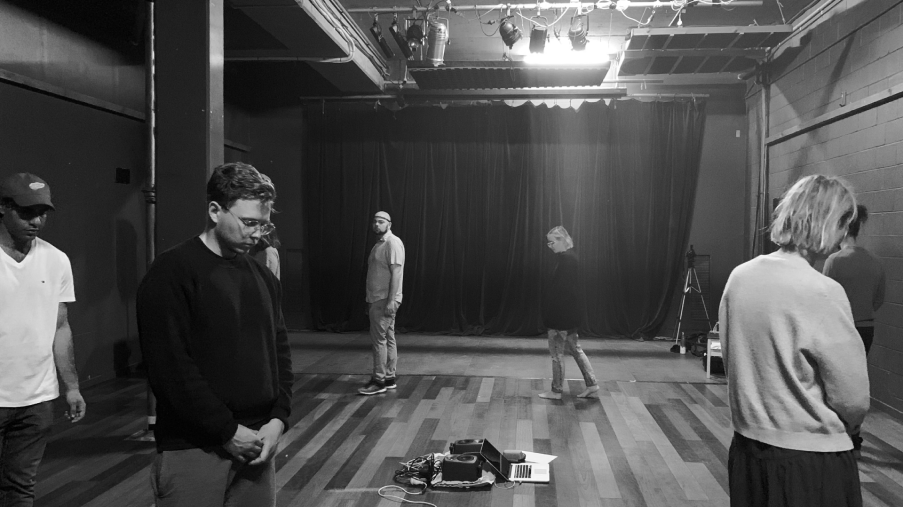
Research techniques
Mindfulness practice is a highly individual and internal, making gaining insight into the experience using traditional data collection techniques highly challenging. To overcome this, the experience was revised to include a second mindfulness practice called body scanning, at the beginning, middle and end of the practice. This provided ideal conditions for the inclusion of the experimental qualitative research method called ‘Body mapping’.
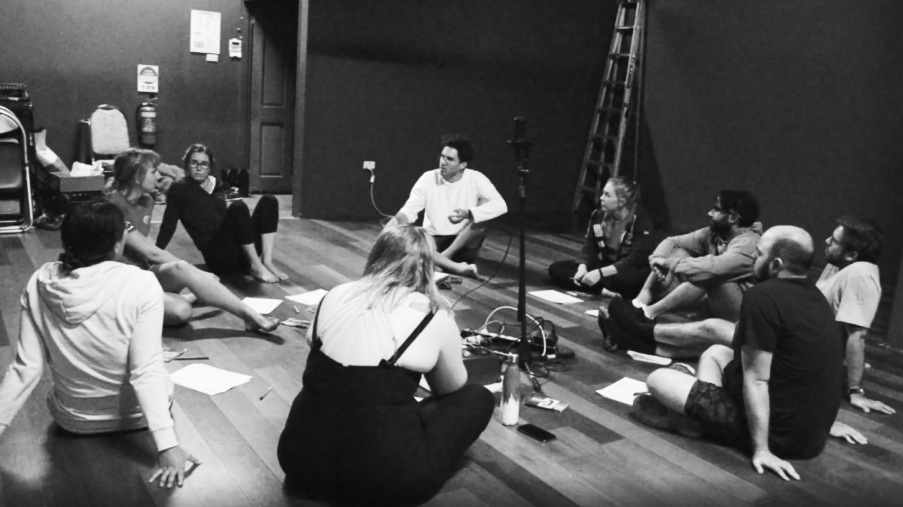
Body mapping is a research technique that involves participants visualising their preceived experience by drawing it onto a stylized image of the human body. The body scans encourages the participant to acknowledge their experience at each stage of the practice, which they then translate throught he body mapping exercise. Participants body maps are then discussed in a focus group environment that follows the experience.
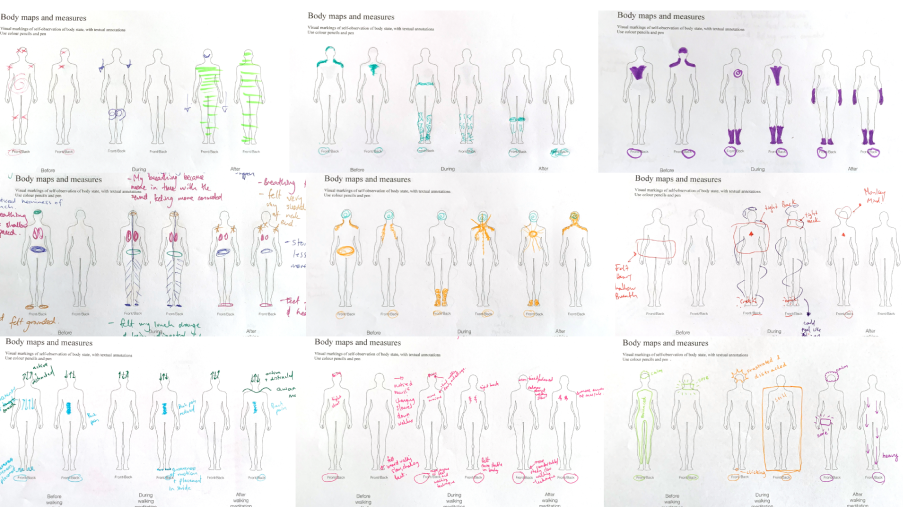
Analysis
Thematic analysis of the data led to a vastly improved understanding of the user experience, as well as the development of a framework for use in the design of similar experiences in the future. Additionally, it led to the creation of user experience timelines, that model the expected experience for a number of user personas. Below is the general experience timeline showing user experience over 4 key areas of interest.
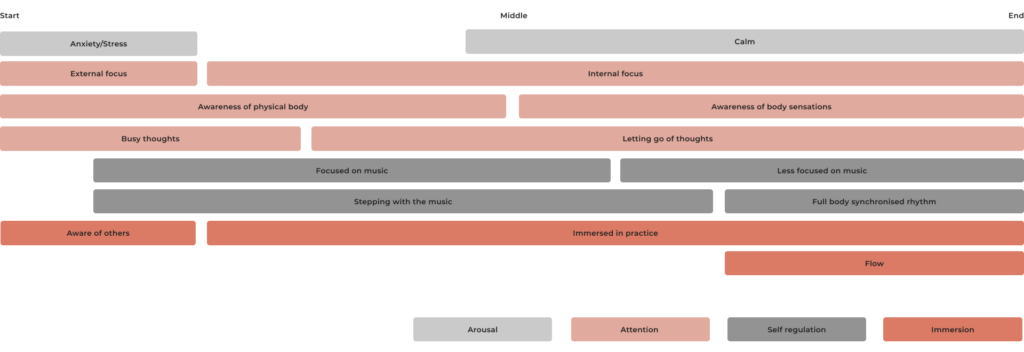
Reflection
One of the successes of this research was the redesign of the experience to incorporate the new data collection method. This was a win/win situation that lead to an improved mindfulness experience for participants and contributed to my understanding of research design.
If I had the chance to do this research again, I would revise the workshop protocol to include the events leading up to the start of the workshop. Participants indicated that they often brought components of their daily experience into the practice and that if they entered the workshop in a stressed state, they found it more difficult to engage in the experience. Designing the lead up until the start of the workshop to be more calming would likely improve the experience and increase the consistency of results.
Future
This project has been accepted into MOCO 2020 – https://moco20.movementcomputing.org/
Proposals to exhibit this work in various art, music and technology festivals following COVID-19 are in progress. An online version of the work is also currently being developed.
Interactive prototype
[iframe under construction]
